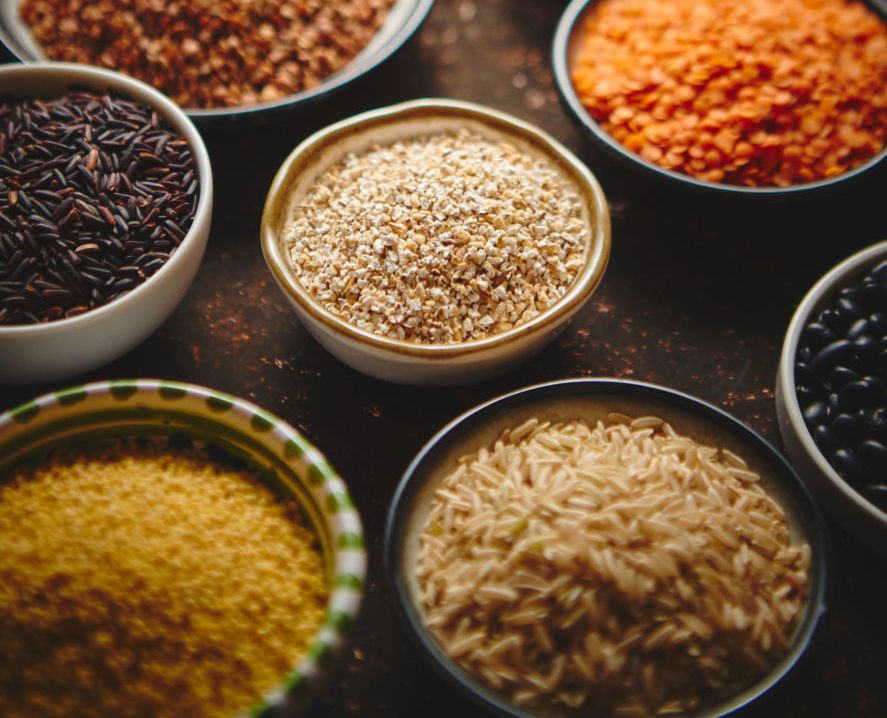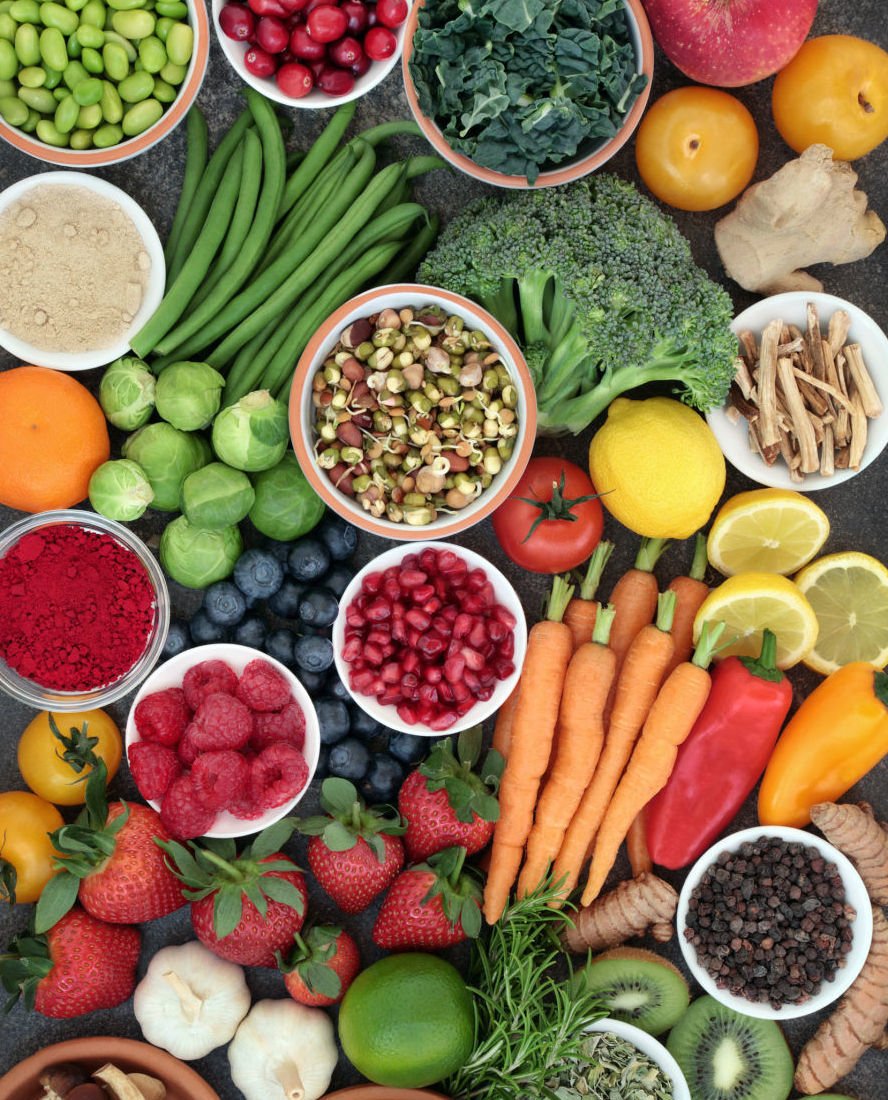An essential nutrient is a nutrient that the body cannot synthesize on its own, or not to an adequate amount, and must be provided by the diet. These nutrients are necessary for all animals and humans to function properly. It’s well understood that for survival pets, a diet should be equally balanced and rich in 6 major classes of nutrients:

- Protein
- Fat
- Carbohydrates
- Minerals
- Vitamins
- Water
For many years it was thought that these 6 classes were all the nutrients necessary for growth and health. However now we’re learning there’s another group of nutrients needed for optimal health.
At CannPal, we strongly believe that phytonutrients are the 7th pillar of health. This is the principle upon which CannPal was founded. We are committed to developing therapeutic products to treat conditions in animals using plant compounds and phytonutrients to enhance health and wellbeing and create homeostasis in the body and initially we’re focused on researching cannabinoids derived from the hemp and cannabis plants to leverage the numerous Phytonutrients within the plants.
Phytonutrients, including the ones found in cannabis, can be found in many different fruits, plants and vegetables and as such, the diet is also an important part of therapeutic function for animals. Phytonutrients help protect against inflammation and can help prevent a wide range of diseases like cancer, pulmonary and cardiovascular disease and diabetes.
They are compounds that have protective or disease preventive properties but are considered “non-essential nutrients”, because it’s thought that they are not required by the body for sustaining life. However it is well-known that plants produce these chemicals to protect themselves, and recent research demonstrate that they can also protect humans and animals against diseases. In fact, 70% of all medicine in the last 25 years were produced from natural compounds.
There are thousands of known phytonutrients. Some of the well-known chemicals are lycopene in tomatoes, isoflavones in soy and flavanoids in fruits. Phytonutrient-rich foods often include colourful fruits and vegetables, legumes, nuts, tea, whole grains and many spices.
There are many phytonutrients and each works differently. Some of the possible mechanism of actions include;


- Antioxidant – Most phytochemicals have antioxidant activity and protect our cells against oxidative damage and reduce the risk of developing certain types of cancer. Phytochemicals with antioxidant activity: allyl sulfides (onions, leeks, garlic), carotenoids (fruits, carrots), flavonoids (fruits, vegetables), polyphenols (tea, grapes).
- Hormonal action – Phytochemicals may also influence hormonal function. An example of this would be the isoflavones found in soy and the lignans found in flax. These can mimic estrogen in the mammalian body, in many cases blocking estrogen receptor sites, diminishing estrogen’s effects on certain tissues. There are also enzymes in the liver that can make estrogen less effective. These enzymes can be up-regulated by indoles, a type of phytochemical found in cruciferous vegetables.
- Stimulation of enzymes – Indoles, which are found in cabbages, stimulate enzymes that make the estrogen less effective and could reduce the risk for breast cancer. Other phytochemicals, which interfere with enzymes, are protease inhibitors (soy and beans), terpenes (citrus fruits and cherries).
- Interference with DNA replication – Saponins found in beans interfere with the replication of cell DNA, thereby preventing the multiplication of cancer cells. Capsaicin, found in hot peppers, protects DNA from carcinogens.
- Anti-bacterial effect – The phytochemical allicin from garlic is an example of a compounds that has anti-bacterial properties. Anti-bacterials are agents that can interfere with the growth and reproduction of bacteria. These agents kill or prevent bacteria by fighting against bacteria. Heat, chemicals such as chlorine, and all antibiotic drugs have antibacterial properties. Anti-biotics and anti-bacterials both attack bacteria
- Physical action – Some phytochemicals bind physically to cell walls thereby preventing the adhesion of pathogens to human cell walls. Proanthocyanidins are responsible for the anti-adhesion properties of cranberry. Consumption of cranberries will reduce the risk of urinary tract infections and will improve dental health.
